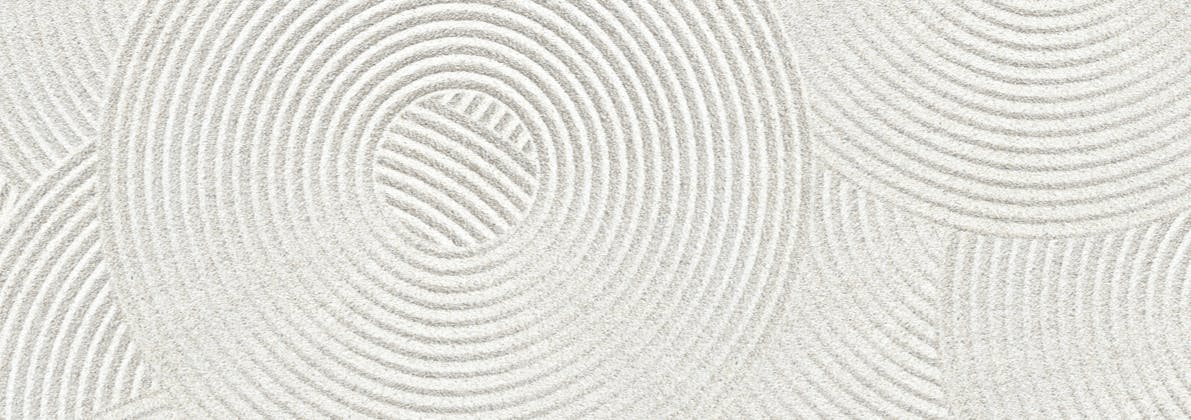Rhinoplasty, commonly known as a nose job, is one of the most sought-after cosmetic surgeries worldwide. Whether performed for aesthetic enhancement or functional improvement, rhinoplasty can dramatically enhance facial harmony and improve breathing issues. However, one of the most frequently asked questions among prospective patients is: “When is the right time for rhinoplasty?”
Age plays a significant role in the success and outcome of rhinoplasty. Factors such as nasal development, skin elasticity, healing capacity, and long-term results all depend on the patient’s age at the time of surgery. In this comprehensive guide, we’ll explore the best age range for rhinoplasty, considerations for teenagers and older adults, and how to determine the right time for your procedure.
Understanding the Role of Age in Rhinoplasty
The human nose continues to develop and change over time. This biological reality means that timing is crucial for achieving the best surgical results.
- During adolescence, the nose is still growing, and performing rhinoplasty too early could lead to unpredictable outcomes.
- In early adulthood, facial structures stabilize, making it the most common and ideal period for rhinoplasty.
- In middle age and beyond, factors like skin elasticity and healing efficiency must be taken into account.
To make an informed decision, it’s important to analyze how rhinoplasty differs across various age groups.
Teenage Rhinoplasty: How Young Is Too Young?
Minimum Age for Rhinoplasty
One of the most important factors in determining when a young patient is ready for rhinoplasty is nasal maturity. The nose continues to grow and develop throughout adolescence, typically reaching full maturity at:
- Girls: Around 15-16 years old
- Boys: Around 17-18 years old
Performing rhinoplasty before full nasal maturity can lead to complications such as:
- Disrupting natural nasal growth
- Altered surgical results as the nose continues to develop
- The need for revision rhinoplasty in the future
Emotional and Psychological Readiness
In addition to physical maturity, teenagers considering rhinoplasty must demonstrate emotional maturity. This means:
- Having realistic expectations about the outcome
- Undergoing the surgery for personal reasons, not due to peer pressure or societal standards
- Understanding that rhinoplasty is a permanent decision
Common Reasons Teens Seek Rhinoplasty
Many teens seek rhinoplasty due to:
- A hump or bump on the nasal bridge
- A drooping or bulbous tip
- A deviated septum causing breathing issues
- Asymmetry or noticeable nasal deviation due to injury
Parental Consent and Support
For patients under 18, parental consent is required. A supportive family environment ensures that the teen is making a well-informed and responsible decision.
Should Teenagers Get Rhinoplasty?
While some teens are excellent candidates, others may benefit from waiting until adulthood. If a teenager is physically, emotionally, and psychologically ready, rhinoplasty can be a life-changing procedure that boosts confidence and improves self-image.
Rhinoplasty in Young Adults (20s to 30s): The Prime Age for Surgery
Why the 20s and 30s Are the Best Time for Rhinoplasty
Most rhinoplasty procedures are performed on patients between 20 and 35 years old. This is because:
- The nose has fully developed.
- Skin retains good elasticity, allowing for optimal healing.
- Patients are emotionally and psychologically mature enough to make informed decisions.
- They often have realistic expectations and a clear understanding of the surgical process.
Common Motivations for Rhinoplasty in This Age Group
Patients in their 20s and 30s commonly seek rhinoplasty to:
- Improve facial balance and harmony
- Correct breathing difficulties or a deviated septum
- Address long-standing insecurities about nasal shape or size
- Fix a nasal injury from sports or accidents
Recovery Considerations
Young adults typically heal faster due to:
- Stronger immune function
- Better skin elasticity
- Faster collagen production, aiding in tissue repair
Since rhinoplasty requires a period of downtime (approximately 1-2 weeks off work or school), many young adults schedule surgery during vacation periods or before starting a new job.
Rhinoplasty in Middle Age (40s to 50s): Is It Too Late?
While the 20s and 30s are the most popular time for rhinoplasty, many patients in their 40s and 50s undergo the procedure to correct long-standing concerns or combat signs of aging.
Considerations for Middle-Aged Patients
- Reduced Skin Elasticity: As we age, skin loses elasticity, which can affect how the nose heals post-surgery.
- Longer Healing Time: Older patients may experience slightly slower healing compared to younger individuals.
- Increased Risk of Complications: Factors such as thinner skin, previous nasal trauma, or underlying medical conditions should be evaluated before surgery.
- Aging-Related Nasal Changes: Over time, the nasal tip can droop, leading some patients to seek rhinoplasty for a rejuvenated, more youthful nasal contour.
Why Do Patients in Their 40s and 50s Get Rhinoplasty?
- Correcting age-related nasal changes (drooping tip, widened bridge)
- Enhancing facial balance as aging affects overall facial proportions
- Improving breathing function, especially for those with worsening airway obstructions
While results can still be excellent, choosing a surgeon experienced in rhinoplasty for older patients is crucial.
Rhinoplasty in Seniors (60+): Is It Safe?
Older adults can still undergo rhinoplasty, but additional precautions must be taken.
Challenges for Senior Rhinoplasty Patients
- Thinner, less elastic skin can impact healing.
- Weaker cartilage support may require additional grafting techniques.
- Slower recovery time means swelling may take longer to resolve.
- Pre-existing health conditions (e.g., high blood pressure, diabetes) may increase surgical risks.
Who Is a Good Candidate for Rhinoplasty at 60+?
Seniors who are healthy, active, and in good physical condition may still be ideal candidates. However, they should consult both their plastic surgeon and primary care physician to ensure they are fit for surgery.
Realistic Expectations for Seniors
Since aging affects skin and facial structure, subtle refinements rather than dramatic changes are recommended. A natural, harmonious result that enhances rather than drastically alters the face is the goal.
Key Factors to Consider When Deciding the Right Time for Rhinoplasty
Regardless of age, the right time for rhinoplasty is based on several personal and medical factors:
1. Physical Readiness
- The nose should be fully developed (typically 16-18 years old).
- You should be healthy, without uncontrolled medical conditions that could interfere with healing.
2. Psychological Readiness
- Do you have realistic expectations about the results?
- Are you emotionally prepared for temporary post-surgical swelling and bruising?
3. Lifestyle Considerations
- Do you have time to recover properly (at least 1-2 weeks off work/school)?
- Have you planned for the financial aspect of the procedure?
- Are you choosing rhinoplasty for yourself rather than external pressures?
4. Surgeon Selection
Regardless of age, the most important factor in achieving a great result is choosing a skilled and experienced rhinoplasty surgeon. Look for:
- Board certification in facial plastic or plastic surgery
- Before-and-after photos of patients in your age range
- Expertise in both cosmetic and functional rhinoplasty
Conclusion: When Is the Right Age for Rhinoplasty?
There is no one-size-fits-all answer to the best age for rhinoplasty. The ideal age depends on individual factors such as nasal maturity, health status, skin quality, and personal goals.
- Teenagers (16-18): Can undergo rhinoplasty if their nose is fully developed and they are emotionally mature.
- Young Adults (20s-30s): The most common and ideal time, offering the best healing and long-term results.
- Middle Age (40s-50s): Still a great time for rhinoplasty, though healing may take slightly longer.
- Seniors (60+): Possible with proper health screening and realistic expectations.
If you’re considering rhinoplasty, consult a qualified, experienced facial plastic surgeon to determine the best timing for your individual needs.


